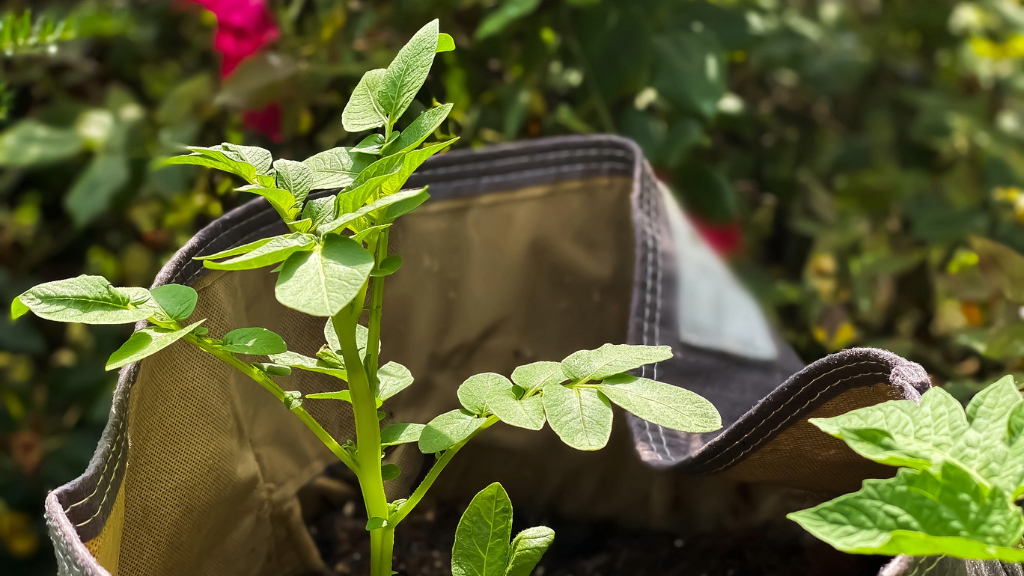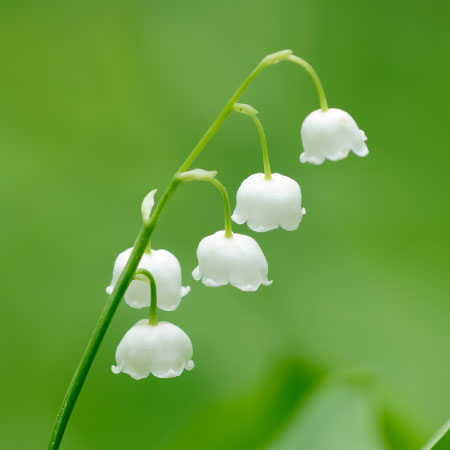Pros And Cons Of Using Grow Bags For Gardening


Whether wishing to grow nutritious fruits and vegetables or looking to add vibrant color through annual flowers, the pros to gardening in grow bags are undeniable. Increasingly popular in recent years, grow bags are an invaluable asset to those gardening in small or less than optimal spaces. In addition to their versatility, grow bags offer gardeners a quick and easy way to establish lush, healthy landscapes.
While it's difficult to downplay the pros to gardening in grow bags, there are some cons of using grow bags that must be considered too. The fabric grow bags are, by nature, soft but should we necessarily go "soft" on the valid concerns and questions they raise?
Pros to Gardening in Grow Bags
(Tonya's viewpoint) Fabric pots can be found in the gardens of both professional growers and home gardeners. Their ease of use, in addition to accessibility, are just a few reasons to use grow bags. Though there are many types, it is best to select bags comprised of breathable and strong fabrics. These bags allow for durability, as well as contribute to better overall plant health.
Can be used anywhere. Many gardeners begin using grow bags when wishing to expand their home garden space. In fact, one of the biggest grow bag advantages is being able to grow plants in places which were previously considered unusable, such as in rented yards or even small apartment balconies.
Can use in areas with bad soil. Growers with heavy soils may specifically choose these bags as a means by which they are able to grow more successful crops of root vegetables such as carrots and potatoes. If your soil isn't quite up to par, using a grow bag can fix that. Much like a raised bed or container, you can grow plants in a looser, healthier soil.
Ease of use. The ease of which grow bags are assembled make them a viable and cost-effective option for many people. Without the need to remove grass or prepare beds with the use of tools, even novice gardeners are able to create impressive vegetable gardens and displays filled with annual flowering plants.
Bags are breathable. Additional pros to gardening in grow bags relate to factors that can directly impact the health of the plants grown. High quality fabric grow bags allow for excellent drainage, so issues related to overwatering are alleviated. Frequent problems that occur with other containers, such as root rot, are not a common cause for concern when using grow bags.
Gardening tips, videos, info and more delivered right to your inbox!
Sign up for the Gardening Know How newsletter today and receive a free copy of our e-book "How to Grow Delicious Tomatoes".
Plants produce heathier root growth. Improved overall root health is one of the main grow bag advantages. As the plant roots become established in the bag, their sensitivity to heat and moisture naturally begin the process of "air pruning." Simply, this process allows the plant to create a more robust root system.
Grow Bag Gardening Downsides
(Shelley's viewpoint) No one can really argue that using grow bags is all bad, BUT before you run out and buy them, it's a good idea to know some of the downsides that you'll be facing. This way you can make a more informed decision. These may include:
Durability. Grow bags do not last quite as long as hard-bodied containers. It seems that the general consensus is that fabric pots last 2-3 growing seasons, with some suggesting that they might last as long as 4-6 seasons. This, of course, will vary with the environmental conditions the bags are subjected to and the overall quality of the bag you purchase.
Cost. If grow bags do not last as long as other container options, you will want to ensure that they are more cost effective, as you will be replacing them more often. And the cost savings may not really compute for you. The cost of grow bags can vary depending on the growing capacity of the bag and the manufacturer/retailer. A five-gallon bag, for example, can start around $6 on up. If you're replacing the grow bag every 2-3 years, this will add up over time.
Aesthetics. Grow bags aren't as pretty or chic as a ceramic or terra cotta pots. The bags are typically a solid color (oftentimes black or gray) and do not come in patterns or designer motifs. Hard bodied pots, in contrast, have more flair. They are more shapely (funnel, cone-shaped, etc.) and typically have some character to them with glazes or paints applied to the surface and textural interest with ridges and raised shapes. A grow bag, on the other hand, looks just like, well, a bag or sack.
Environmental concerns. The grow bags that are available on the market aren't all eco-friendly, as they are not all biodegradable. Many are formed with poly plastics that don't break down. This becomes a concern when the grow bags need to be discarded and replaced.
Very water consumptive. Grow bags require more watering than traditional pots do and this is one of the biggest grow bag gardening downsides if you don't have a lot of extra time on your hands. Grow bags are porous, meaning excess water will wick out of them rather quickly. This is an advantage in that the risk of over-watering your plants is very slim; however, it is a con of using grow bags for they will dry out quickly and you will need to water more frequently.
Mobility. While grow bags seem to be touted for their mobility, this is not always the case. Grow bags are available in 1 to 200+ gallon size bags. Any bags over 20 gallons may be difficult to move once they are planted because they do not have sturdy walls or structural strength like traditional pots and, in some cases, have weak fabric handles prone to tearing.
How Grow Bag Advantages Compare Overall to Their Drawbacks
Though there are several reasons to use grow bags, their use may not be needed in all gardens. Grow bags can be a good alternative but they are not necessarily the best option for everyone when you weigh the disadvantages of grow bags. They are short lived, not-so-pretty growing vessels that may nickel and dime you over the long term while demanding more of your time when it comes to watering. That being said, in some situations, well-maintained fabric pots allow for greater flexibility, and their ease of use and quick installation make the prospect of creating beautiful gardens more attainable.

Shelley Pierce was a writer for Gardening Know How, contributing to hundreds of articles for the site.
-
 Zinnias On Repeat: 10 Glorious Cut-And-Come-Again Varieties For Endless Summer Bouquets
Zinnias On Repeat: 10 Glorious Cut-And-Come-Again Varieties For Endless Summer BouquetsThese zinnia varieties keep giving all summer, making them the perfect choice for dedicated cutting gardens – or just the occasional homegrown bouquet.
By Ellen Wells
-
 Create A Romantic Garden Straight Out Of Bridgerton: Regency Era Romance In Your Garden
Create A Romantic Garden Straight Out Of Bridgerton: Regency Era Romance In Your GardenTry some romantic garden ideas straight out of Bridgerton. Flowers and gardens in the Regency era were lush and charming and you can get the same look!
By Bonnie L. Grant